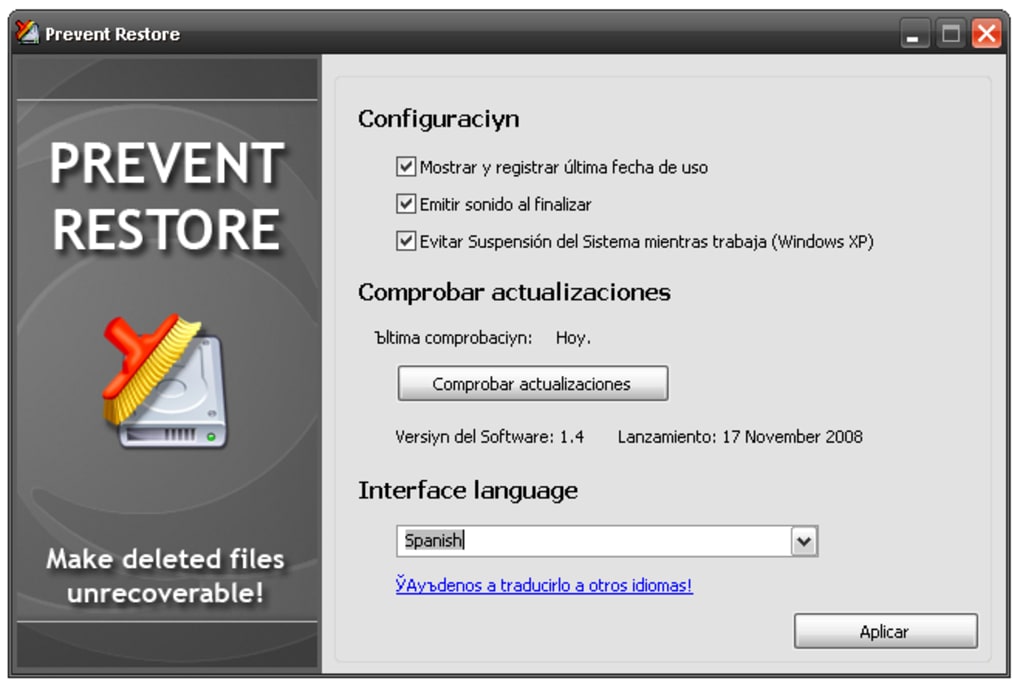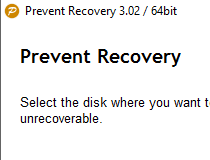
In addition, users can take precautions to minimize the number of places where information appears and the number of times it is actually transmitted to complete a required transaction. Other options include Biometric verification and security tokens, key fobs or soft tokens. User IDs and passwords constitute a standard procedure two-factor authentication (2FA) is becoming the norm. Data encryption is another common method of ensuring confidentiality. Further aspects of training may include strong passwords and password-related best practices and information about social engineering methods to prevent users from bending data-handling rules with good intentions and potentially disastrous results.Ī good example of methods used to ensure confidentiality is requiring an account number or routing number when banking online. Training can help familiarize authorized people with risk factors and how to guard against them.

Sometimes safeguarding data confidentiality involves special training for those privy to sensitive documents. This involves properly maintaining hardware and technical infrastructure and systems that hold and display the information.

The following is a breakdown of the three key concepts that form the CIA triad: In this context, confidentiality is a set of rules that limits access to information, integrity is the assurance that the information is trustworthy and accurate, and availability is a guarantee of reliable access to the information by authorized people. Although elements of the triad are three of the most foundational and crucial cybersecurity needs, experts believe the CIA triad needs an upgrade to stay effective.

The model is also sometimes referred to as the AIC triad (availability, integrity and confidentiality) to avoid confusion with the Central Intelligence Agency. Confidentiality, integrity and availability, also known as the CIA triad, is a model designed to guide policies for information security within an organization.


 0 kommentar(er)
0 kommentar(er)
